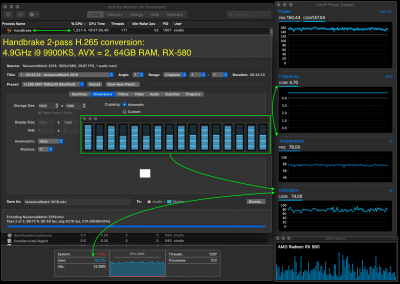Some constructive criticism... please punctuate!

After reading the above paragraphs twice, here's what I think you meant to say:
"I removed the MLB and items from RtVariables before posting. You mentioned to remove serial info so I removed the same info that is normally removed.
I will mention since finishing I’ve been testing a few things out. One of the things I’ve noticed is if I leave the computer on and idle, when I return to it, it’s back at clover boot screen. I had this issue before and it was fixed using the DSDT files on the patch section. However, this time around I already have those files in patch folder of EFI so not sure what’s causing it to reboot. I recall recently somewhere in the thread it being mentioned someone else is having a similar issue. I can’t recall whether it was solved, but I did see someone mentioning leaving their computer on overnight and not having any issues. Was there a fix that was found? I haven’t run Io registry yet to see what all is being recognized."
To address the long-term sleep problem, we asked a user (arvids) to add a 300-Series RTC patch to
Clover Configurator --> ACPI as
described here. That seemed to work for a couple of days.
- Find* [HEX] = A00A9353 54415301
- Replace* [HEX] = A00A910A FF0BFFFF
- Comment = Fix 300-series RTC Bug
Another user (totototo) reported no problems with long-term sleep when booting with OpenCore instead of Clover.

